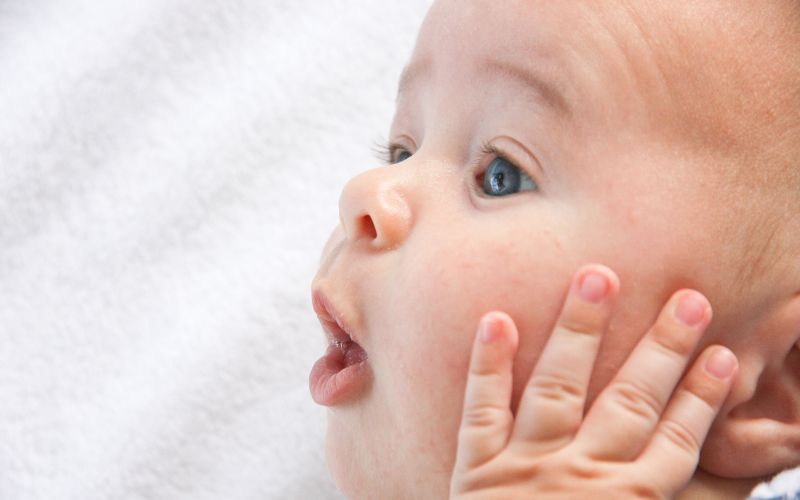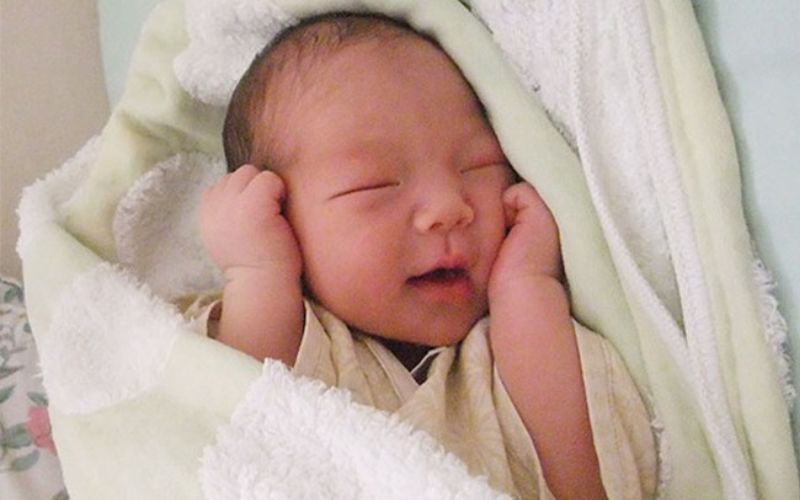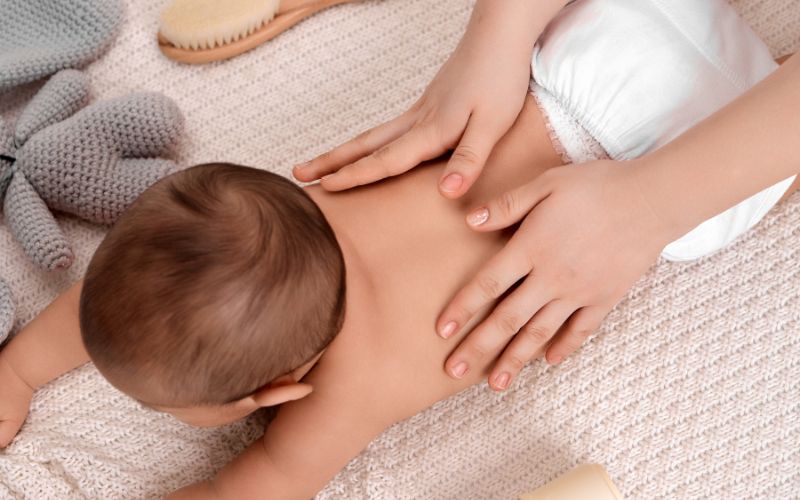Understanding the unique and seemingly unusual traits of newborns can help parents better care for and support their children. Join us as we explore six post-partum differences in children that parents should be aware of.
1 A Disproportionate Body Ratio
Most newborns will have a head-to-body ratio of about 1:7, but some may have larger heads. However, this is normal, so parents need not worry.
After birth, the rate of a child’s body growth doubles, with the upper limbs growing three times and the lower limbs, four. Meanwhile, the size of the head may only increase by approximately one fold, eventually achieving a more proportionate appearance.
 Disproportionate Body Ratio
Disproportionate Body Ratio
2 Newborns are “Short-Sighted”
Newborns up to one month old typically see objects within a range of 20 cm and their vision gradually improves until they are eight months old.
As their eyesight develops, children are drawn to colorful and vibrant toys and objects. Therefore, mothers can opt for colorful toys to stimulate their child’s visual development.
 Newborns are “Short-Sighted”
Newborns are “Short-Sighted”
3 Entire Body Turns Red During Bowel Movements
Some children make grunting noises and their entire body suddenly turns red while passing stool. This is because newborns find it challenging to defecate during their initial attempts and need to strain to expel feces.
To ease this process, parents can gently massage their baby’s abdomen or pat their back to stimulate digestion and encourage bowel movements.
 Entire Body Turns Red During Bowel Movements
Entire Body Turns Red During Bowel Movements
4 Frog-like Legs
Many newborns have knock-knees, a condition that worries mothers. This occurs because babies tend to curl up and cross their legs while in the womb, causing their feet to turn inward.
However, with time, a child’s leg muscles will strengthen and lengthen, allowing their legs to straighten.
 Frog-like Legs
Frog-like Legs
5 A Bulging Belly
Many mothers worry when they notice their baby’s bloated stomach, attributing it to gas. However, the primary reason is that a newborn’s abdominal muscles are not yet fully developed, so a full stomach creates the appearance of a larger belly.
As their digestive system matures and strengthens, their stomach will gradually become more toned, so there’s no need for concern.
 A Bulging Belly
A Bulging Belly
6 Nails Growing into the Flesh
For newborns, nails are typically soft and flexible, capable of changing position and shape, which is a normal part of their development. Thus, while their nails may initially grow into the flesh, they will eventually grow more proportionately as they age.
 Nails Growing into the Flesh
Nails Growing into the Flesh
These are the six “abnormal” characteristics that newborns may exhibit after birth. We hope this information helps parents better understand their child’s body and provides guidance on how to care for their little ones!
Source: Literary Arts Times































